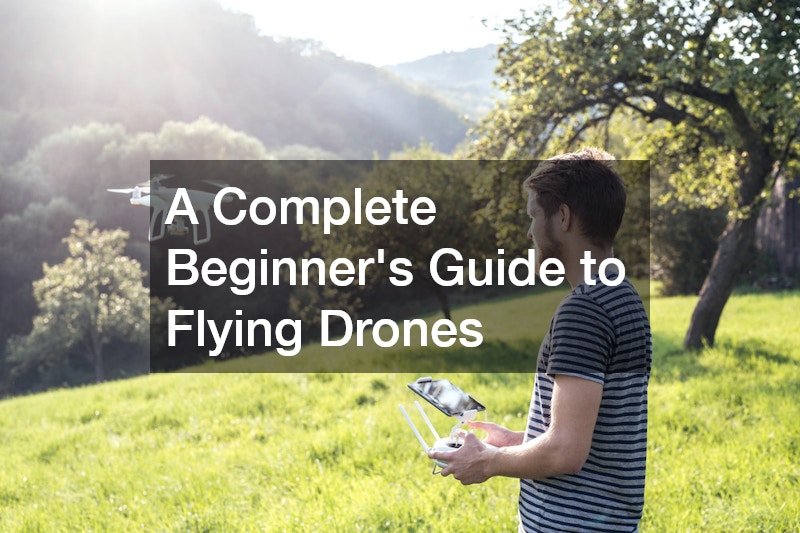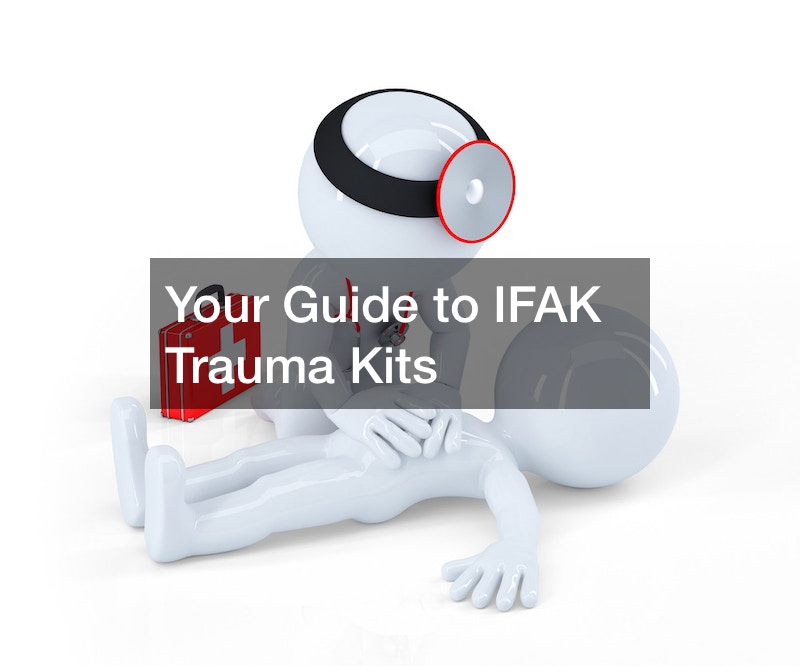Entering the world of drones can be an exhilarating journey, filled with the potential for exploration and creativity. Drones, also known as unmanned aerial vehicles (UAVs), have skyrocketed in popularity due to their versatile applications in photography, racing, and even product delivery.
Understanding the basics is a crucial step before taking to the skies, as it helps in ensuring safe and responsible operation. Learning about drones involves not just handling the equipment, but also familiarizing oneself with the terminology and practices that define this exciting hobby.
For beginners, the emphasis should be on gaining foundational knowledge that sets the stage for more advanced flying experiences. By acquainting themselves with the fundamental aspects of drone flying, enthusiasts can make informed decisions and enjoy their new hobby thoroughly.
Understanding Drone Terminology
Many newcomers find the language surrounding drones to be somewhat daunting at first. Familiarizing oneself with terms like FPV (First Person View), gimbal, and quadcopter can significantly ease the learning curve.
FPV refers to the real-time video feed provided by the drone’s camera, allowing the pilot to see from the drone’s perspective. A gimbal is a pivoted support that allows the camera to remain stable during flight, enhancing video quality.
The term quadcopter describes a drone with four rotors, which is the most common type for recreational and commercial use. Grasping these basic terms helps users understand product descriptions and instructions more effectively.
Identifying the Key Parts of a Drone
A standard drone comprises several critical components, each contributing to its operation and functionality. The controller, often hand-held by the pilot, serves as the command center, sending input to navigate the drone.
Propellers and motors are essential for lift and movement, working in unison to achieve flight. Regular inspection of these parts is vital, as damage or wear can significantly impact performance and safety.
Cameras are common in many drones, allowing for aerial photography and videography. Understanding the role of each part helps in both operating the drone effectively and performing basic troubleshooting when issues arise.

Choosing the Right Drone for Beginners
Selecting an appropriate drone model is a critical decision for beginners, guided by factors such as budget and intended use. For novices, models that emphasize ease of use and durability are ideal starting points.
Hobbyists interested in photography might prioritize drones with high-quality cameras, whereas those drawn to the thrill of racing may opt for lighter, faster models. It is essential to balance desired features with the learning curve inherent in mastering a new device.
A common recommendation for beginners is to start with low-cost models, as they provide an opportunity to practice without significant financial risk. As skills develop, one can invest in more sophisticated drones to explore advanced features and capabilities.
Exploring Basic Flight Techniques for New Pilots
Mastering basic flight techniques is a pivotal step for new pilots, establishing the foundation for more complex maneuvers. The primary skills include safe takeoff, maintaining a stable hover, and controlled landing.
When taking off, ensure the drone is on a stable surface and the area is clear of obstacles. Hovering requires subtle adjustments to maintain altitude and position, providing the perfect opportunity to familiarize yourself with the drone’s controls.
Landing safely is equally important, requiring a slow and gentle descent to avoid damage. Adhering to safety tips, such as maintaining line of sight and applying gradual inputs, helps mitigate risks during these initial flights.
Understanding Drone Regulations
Compliance with drone regulations is essential for both personal and public safety. Many countries have specific registration requirements, mandating that drones above a certain weight be registered with the relevant aviation authority.
Knowledge of no-fly zones is critical, as these areas typically include airports, military bases, and areas with significant public gatherings. Violation of these restrictions can result in hefty fines and legal consequences.
Staying updated on the latest regulations and guidelines ensures that drone enthusiasts can enjoy their hobby without infringing on laws. Responsible flying not only preserves the reputation of drone users but also helps promote a positive public perception of drones.
Recognizing Safety and Privacy Considerations
Beyond legal compliance, respecting safety and privacy considerations is vital in drone operations. Mitigating risks involves flying within line of sight and maintaining safe distances from people and property.
Privacy concerns can arise when flying drones equipped with cameras, necessitating caution in residential areas or spaces where individuals expect privacy. Adhering to community guidelines and seeking permission when appropriate can alleviate such issues.
By prioritizing safety and privacy, drone pilots contribute to a respectful and secure aerial environment. These practices encourage responsible flying while enabling enthusiasts to enjoy their hobby with peace of mind.
Implementing Regular Maintenance Practices
Maintenance is key to ensuring the longevity and optimal performance of a drone. Regular cleaning of components such as propellers and motors prevents dust buildup, which can hinder functionality.
Proper storage conditions, avoiding extreme temperatures and moisture, are crucial for maintaining the drone’s structural integrity. Care for the battery is particularly important, as balanced charging and proper storage significantly extend its lifespan.
Routine inspections for wear and tear help identify potential issues before they escalate. Implementing diligent maintenance routines can prevent costly repairs and ensure that your drone remains flight-ready.
The exhilarating experience of drone flying is made more enjoyable and rewarding by understanding its fundamental aspects. From selecting the right model to adhering to legal guidelines, beginners can embrace the hobby with confidence.
By committing to safe and responsible flying practices, drone enthusiasts contribute positively to the growing community. The journey of learning and constant exploration awaits those who love innovation and the skies.
Whether for photography, racing, or simply recreational enjoyment, flying drones offers endless possibilities. Starting with a foundation of knowledge ensures a safer and more fulfilling experience as you take to the skies.



